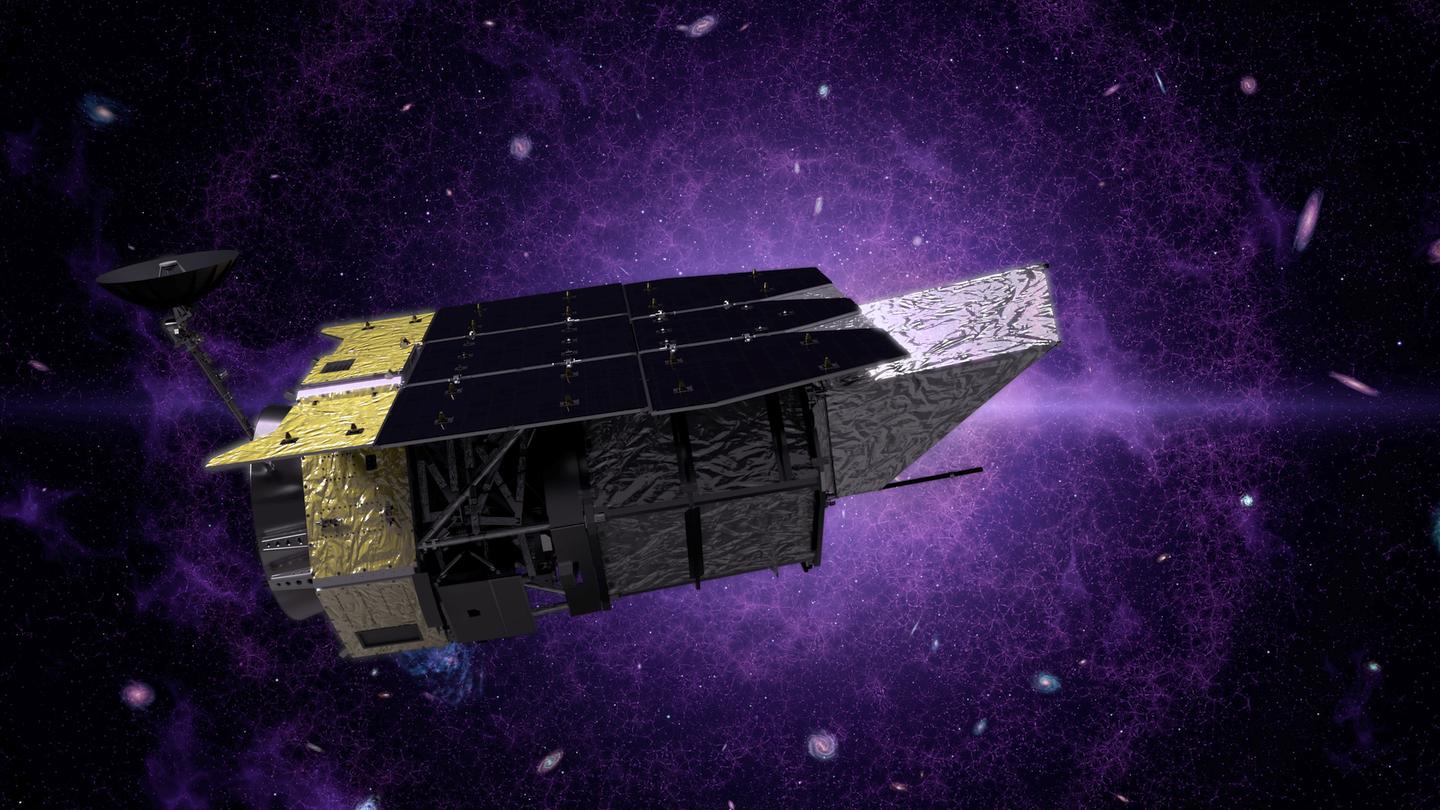-
What Does Extraterrestrial Mean and Why Are Experts looking for It?

If you hear “extraterrestrial,” what do you picture? Google it, and chances are you’ll find at least one visualization of a humanoid alien, maybe even waving at the camera. The idea that extraterrestrials, specifically intelligent ones, might exist has long captured our fascination. Its longevity across the ages indicates a burning question: Is something or…
-
Roman set to ID our furthest-known exoplanet in its uncharted-space jaunt
With a field of view 100 times greater than the Hubble, NASA’s anticipated Roman Space Telescope is set to measure light from a billion galaxies, perform a microlensing survey deep in the Milky Way to find thousands of exoplanets, monitor hundreds of millions of stars and offer a look into distant galactic neighborhoods that could…
-
Scientists zoom in on Betelgeuse, show why it hasn’t exploded yet
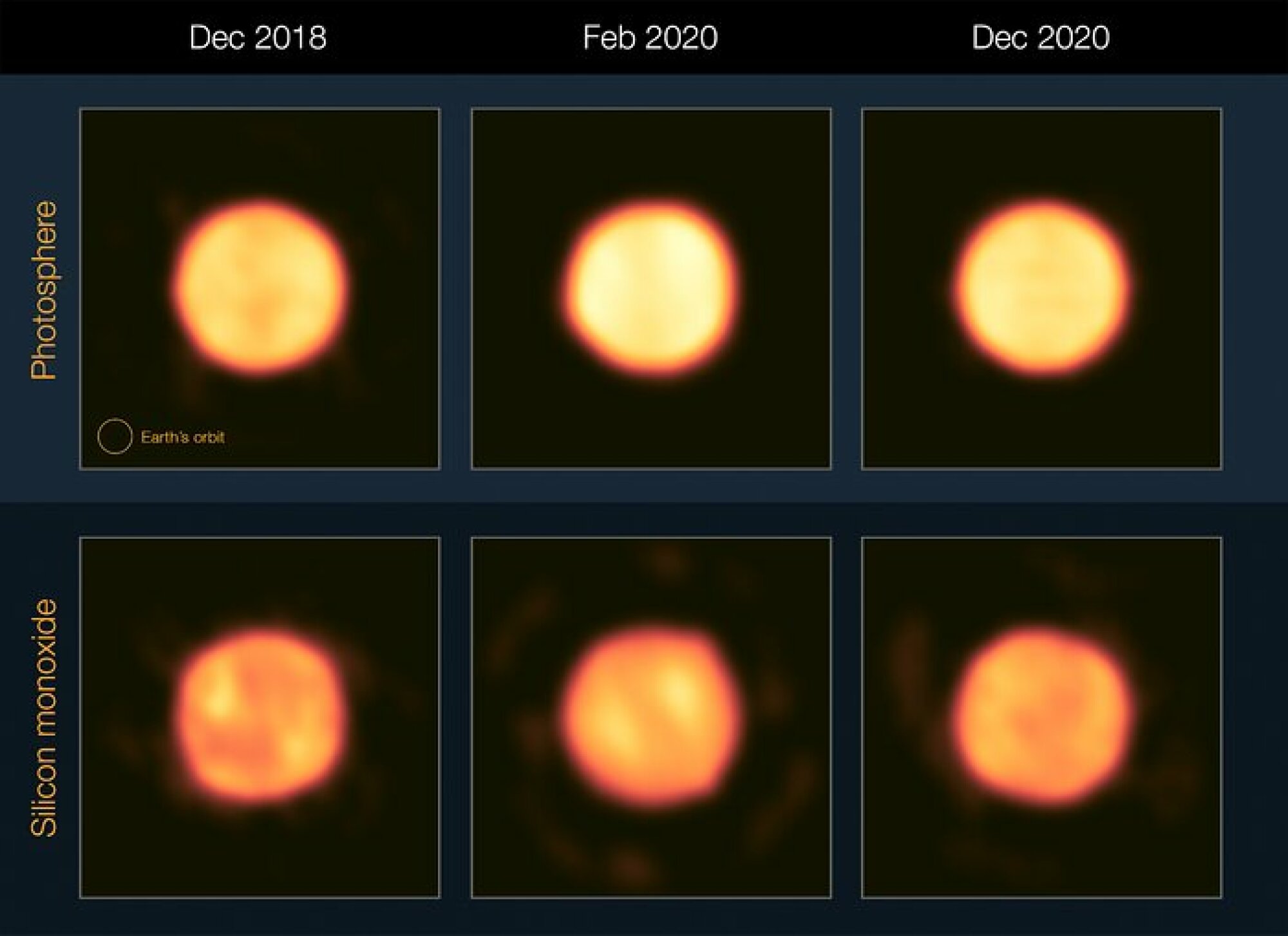
The colossal star Betelgeuse — so giant that it would reach to Jupiter in our solar system — is on the highway to collapsing under its own weight and creating a blast so bright, it would outshine even the moon in our night sky. Although some hype up Betelgeuse’s looming doom, its coming explosion, called…
-
Largest-ever computer simulation of the universe escalates cosmology dilemma
We see countless stars and galaxies sparkling in the universe today, but how much matter is actually there? The question is simple enough — its answer, however, is turning out to be quite a head-scratcher. This dilemma exists largely because current cosmological observations simply disagree on how matter is distributed in the present-day universe. Of…
-
Heavy element production in a compact object merger observed by JWST
Abstract The mergers of binary compact objects such as neutron stars and black holes are of central interest to several areas of astrophysics, including as the progenitors of gamma-ray bursts (GRBs)1, sources of high-frequency gravitational waves (GW)2 and likely production sites for heavy element nucleosynthesis via rapid neutron capture (the r-process)3. Here we present observations…
-
Astronomers May Have Witnessed Worlds in Collision

This artist’s concept illustrates a catastrophic collision between two exoplanets, turning both into hot, dusty debris. Credit: NASA/SOFIA/Lynette Cook Advertisement <div class="article-block article-text" data-behavior="newsletter_promo dfp_article_rendering" data-dfp-adword="Advertisement" data-newsletterpromo_article-text=" Sign up for Scientific American’s free newsletters. ” data-newsletterpromo_article-image=”https://static.scientificamerican.com/sciam/cache/file/4641809D-B8F1-41A3-9E5A87C21ADB2FD8_source.png” data-newsletterpromo_article-button-text=”Sign Up” data-newsletterpromo_article-button-link=”https://www.scientificamerican.com/page/newsletter-sign-up/?origincode=2018_sciam_ArticlePromo_NewsletterSignUp” name=”articleBody” itemprop=”articleBody”> Long ago, around an otherwise unremarkable faraway star, two infant planets had an extraordinarily…
-
These Strange Celestial Bodies Are Baffling Astronomers—Because They Really Shouldn’t Exist
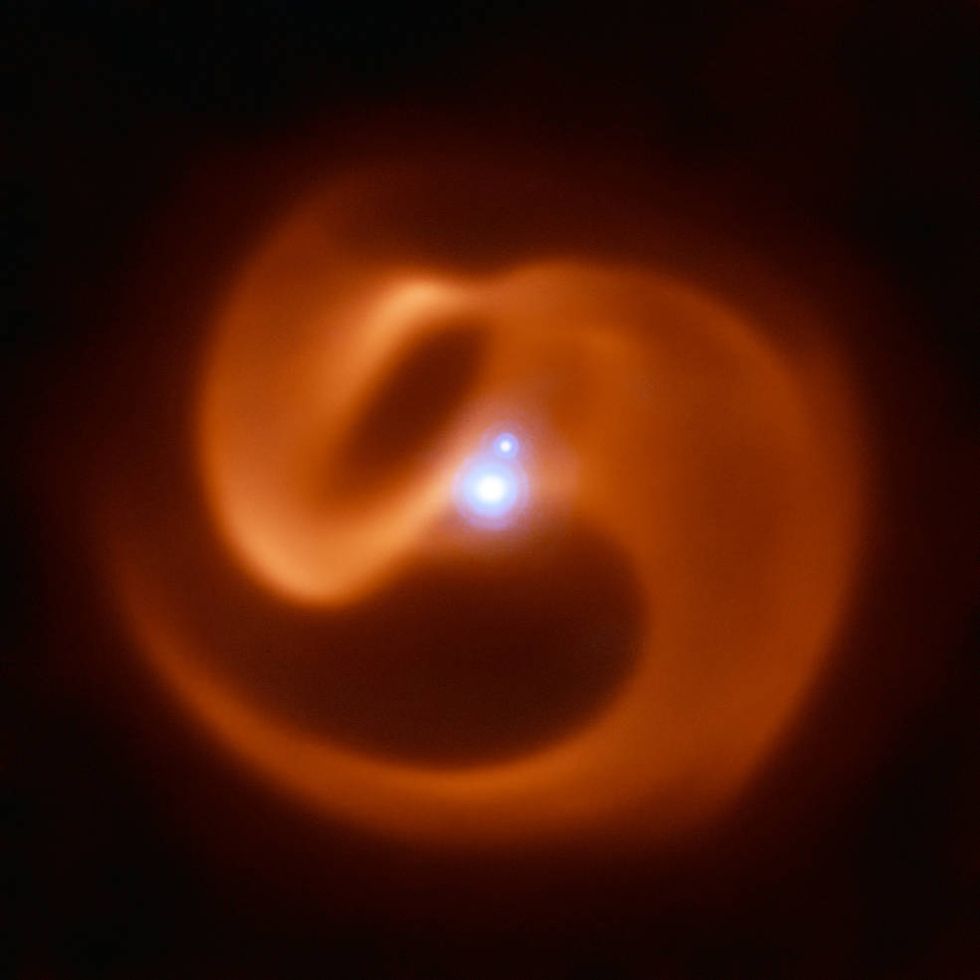
Using the James Webb Space Telescope (JWST), astronomers recently discovered a new type of celestial object in the star-birthing region closest to Earth that could challenge existing theories of how planets and stars are born. The objects found in the Orion Nebula, located around 1,350 light years from Earth and known as Messier 42 (M42),…
-
Scientists detect fastest-ever fast radio bursts, lasting just 10 millionths of a second
Astronomers just found the fastest known radio pulses from outside our galaxy hiding in 30 minutes’ worth of radio telescope data. The findings, published Oct. 19 in the journal Nature Astronomy, could help researchers uncover where these mysterious blips come from. Fast radio bursts (FRBs) are extremely short, high-energy pulses of electromagnetic radiation that usually…
-
Webb telescope spots never-before-seen jet stream in Jupiter’s atmosphere
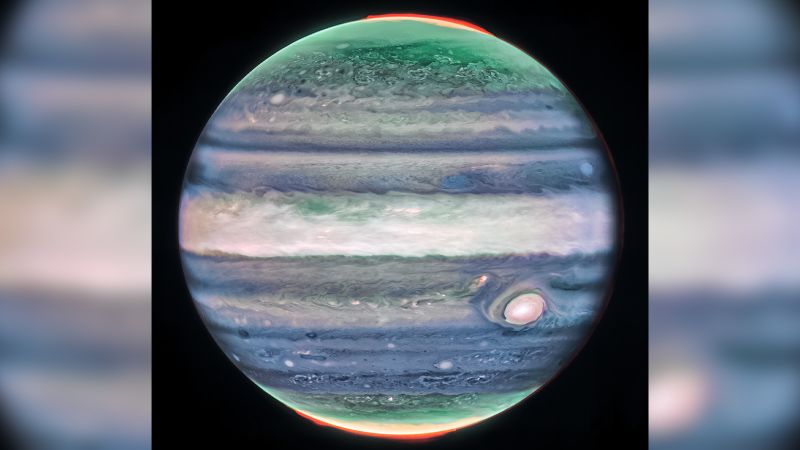
Sign up for CNN’s Wonder Theory science newsletter. Explore the universe with news on fascinating discoveries, scientific advancements and more. CNN — Jupiter was one of the first targets observed by the James Webb Space Telescope when it initially turned its infrared gaze on the universe in July 2022. After capturing stunning images that surpassed the…
-
Astrophysicists scan the galaxy for signs of life
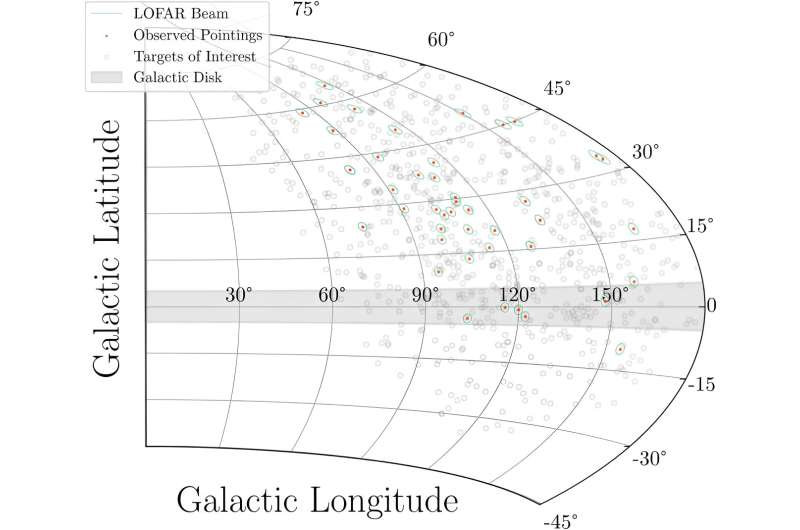
<div data-thumb="https://scx1.b-cdn.net/csz/news/tmb/2023/astrophysicists-scan-t.jpg" data-src="https://scx2.b-cdn.net/gfx/news/2023/astrophysicists-scan-t.jpg" data-sub-html="An Aitoff projection of the sky in Galactic coordinates depicts the distribution of survey pointings, with the Galactic disk shaded in gray. Gaia sources are omitted from the plot due to their extremely high source density. Gray dots represent TESS Targets of Interest (ToIs). Those targets observed during our survey are marked…
